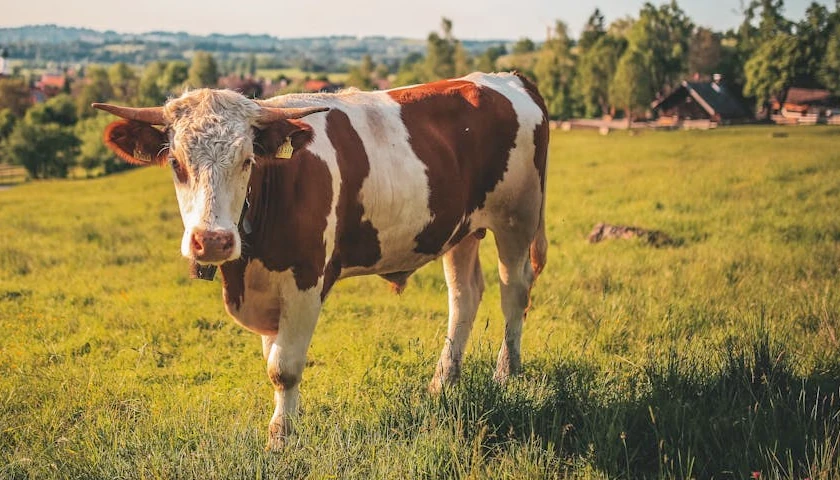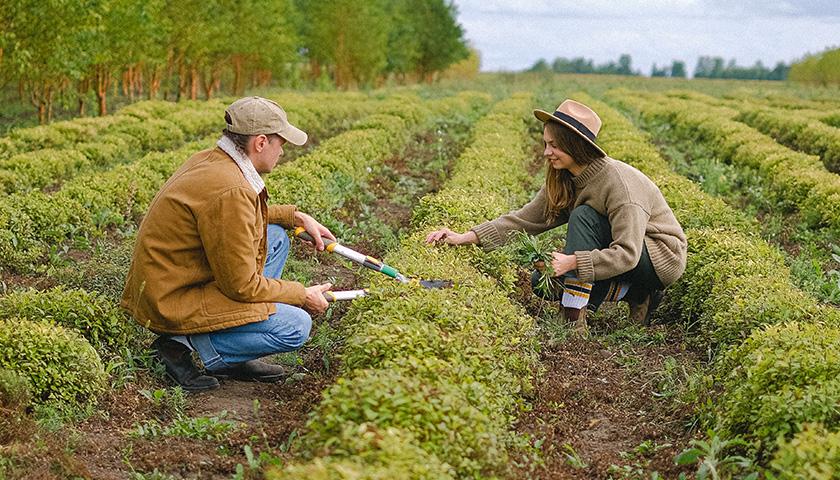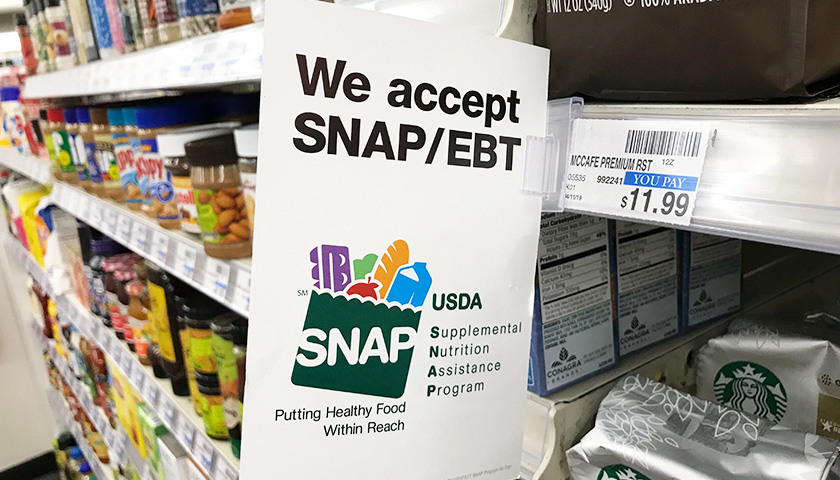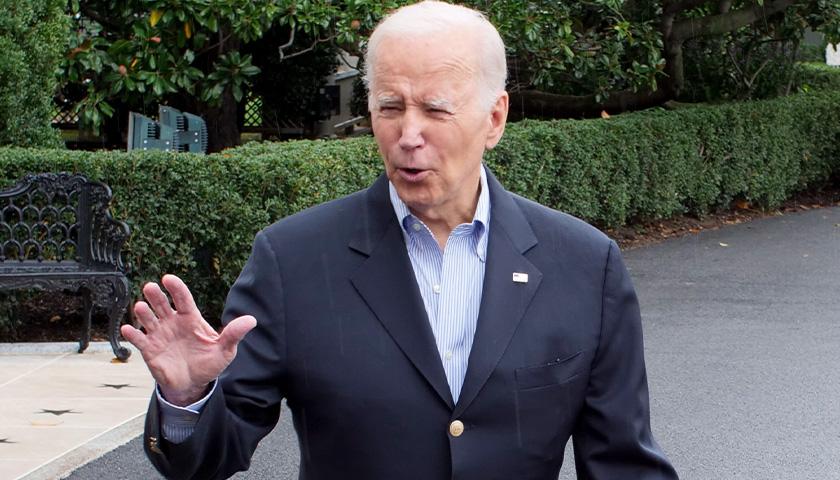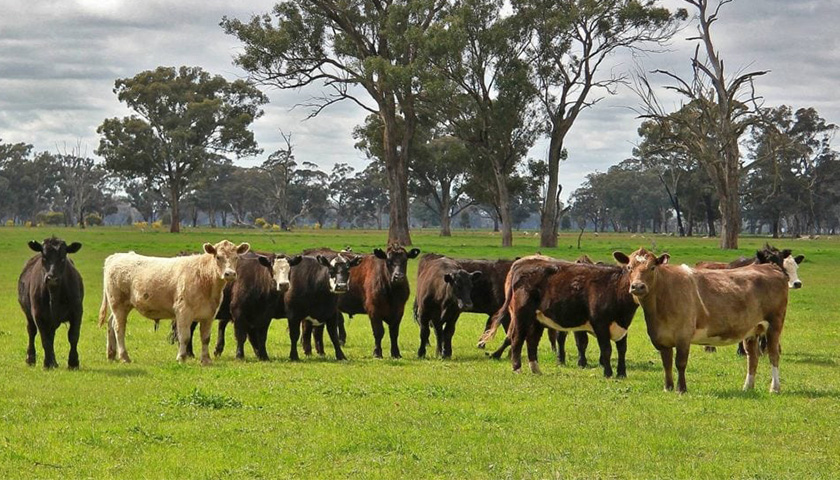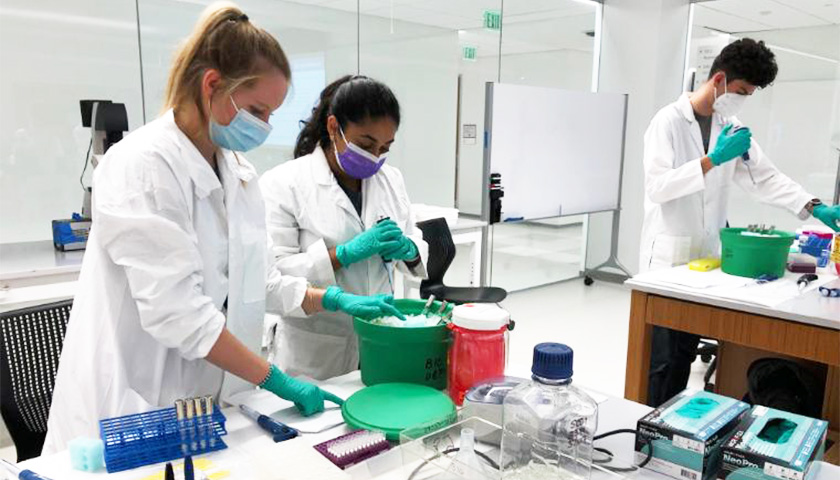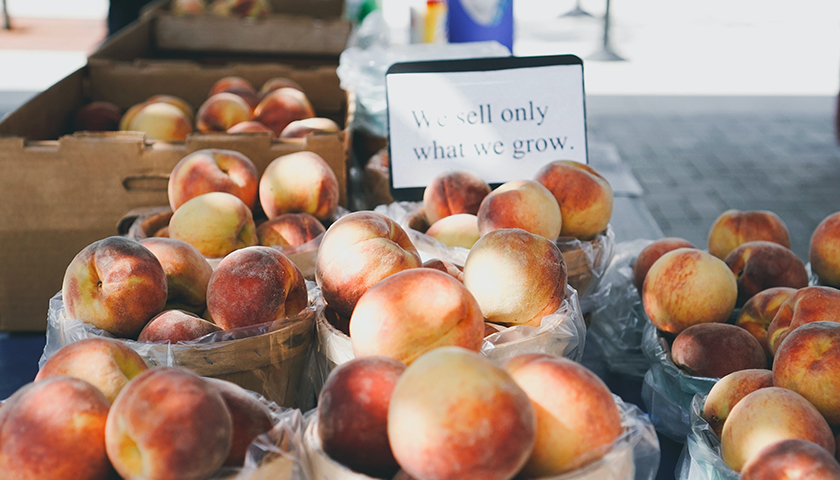As a vegan chef turned regenerative cattle rancher, I’ve traversed the narrow divides between two worlds: the health-conscious, progressive enclaves of Los Angeles and the rugged, often misunderstood landscapes of rural Texas. For years, I lived and breathed the principles of organic farming and plant-based eating, firmly rooted in the belief that our food systems should be safe, resilient, and free from harmful chemicals. My community was predominantly left-leaning, passionate about clean water, food safety, and the dangers of over-medication. It felt like common sense.
Read MoreTag: food
Commentary: Food Is Nature’s Medicine
It’s tomato season on our hobby farm. This year I planted an unprecedented variety of tomatoes since I got some for free from the local feed store. So into the ground they went. I figured if I got some fruit, great, and if not, it was worth a try anyway.
I’m pretty relaxed about my gardening efforts due to limitations from the two autoimmune diseases I live with. I’ve been dealing with a flare- up for some time, which has led me to reevaluate how I’m eating in an effort to reduce inflammation. That’s where the homegrown tomatoes come in.
Read MoreCommentary: The Simple Joys of Keeping a Cow
“Three acres and a cow” became a slogan for those who promoted small landholdings in 1880s England. It was thought to represent an ideal setup for the average family. As it happens, I’ve somehow ended up with exactly that: three acres and a cow—specifically, a Jersey-Fleckvie mix gifted to us by my wife’s dairy-farming family.
The cow is an emblem of an age-old form of true civilization, where men tame the wild without destroying it. The grassland is fenced off, given a shape, form, and purpose, and the animal lives quite a comfortable life, except perhaps for its last day, in which it, too, serves a higher purpose.
Read MoreCommentary: Inflation Is the Reason Joe Biden Is So Unpopular
We’ve paid much attention to President Biden’s flagging job approval here, in part because it tends to be a strong predictor of how an election will turn out. Biden is marching into this election season as likely the least popular president to face the voters since Herbert Hoover. While he may yet be saved by the fact that he is facing off against Donald Trump, who brings his own baggage to the table, it’s an ominous indicator.
At the same time, the economy is running hot. Growth is over 3%, unemployment is under 4%, and inflation has fallen from its peak. So why the seeming paradox of an unpopular president in a time of strong economic growth, especially when the strength of the economy is itself a traditional predictor of presidential job approval?
Read MoreCommentary: Neuroscientist Explains How to Listen to Your Hunger During the Holidays
The holiday season is upon us, and with it, opportunities to indulge in festive treats. The proverbial saying “you eat with your eyes first” seems particularly relevant at this time of year.
The science behind eating behavior, however, reveals that the process of deciding what, when and how much to eat is far more complex than just consuming calories when your body needs fuel. Hunger cues are only part of why people choose to eat. As a scientist interested in the psychology and biology that drives eating behavior, I’m fascinated with how the brain’s experiences with food shape eating decisions.
Read MoreBig Ag Set to Crush Family Farmers with ‘Climate-Smart’ Carbon Markets: Report
Family scale farmers in the Midwest may lose a lot to large agribusinesses through carbon markets, a new report says.
According to the report, “Agricultural Carbon Markets, Payments and Data: Big Ag’s Latest Power Grab” by Open Markets Institute and Friends of the Earth, carbon markets programs will entrench chemical-intensive farming practices and increase corporate control of agriculture rather than reduce greenhouse gas emissions like politicians assert.
Read MoreAmericans Needing Help with Food Feel Negative Impact of $1.7 Trillion Omnibus Bill
Emergency allotments for food benefits were more than $2 billion nationwide from March 2020 to this past December.
Congressional passage and Democratic President Joe Biden’s signing of the $1.7 trillion omnibus spending bill the last week of December signaled the end to those extra benefits. Many states, in the two weeks since, have been steadily announcing changes to their respective Food and Nutrition Services programs. February will be the last of the additional help.
Read MoreBiden Touts Falling Food Prices When They Are Actually Rising
President Joe Biden touted falling food prices Thursday, but the latest federal data shows the price of food is actually on the rise and has been for more than a year. The U.S. Bureau of Labor Statistics released new inflation data Thursday that showed the overall consumer price index dropped 0.1%, driven in part by a decrease in energy prices.
Read MoreAmid Soaring Food Prices, Americans Hope for Relief
Food prices soared in 2022, and so far there are few solutions on the horizon for 2023.
The latest Consumer Price Index Data from the Bureau of Labor Statistics found that grocery prices increased 12% in the previous 12 months, far higher than the already elevated inflation rate.
Read MorePoll: Americans Say Grocery Prices Will Affect Their Vote in November
High grocery prices are top-of-mind for voters with a little over a month until the midterm elections, according to a new poll.
Convention of States Action, along with Trafalgar Group, released the poll, which found that 68.3% of surveyed voters say that the “increase in the price of groceries is impacting their motivation to vote in the 2022 election.”
Read MoreCommentary: Destroying Food to Fight Climate Change Is Madness
On Earth Day, a 50-year-old environmentalist and photographer from Colorado named Wynn Alan Bruce lit himself on fire outside the US Supreme Court.
Friends of Bruce, who subsequently died, said he was worried about climate change.
Read MoreCommentary: America’s Future Depends on the Bioeconomy
If the coronavirus pandemic exposed the fragility of our supply chains, Russia’s invasion of Ukraine has laid bare the precarious state of global food security. While inflation and sanctions on Russia have pushed up the price of food and fuel, the latest U.N. climate report provides a further urgent warning to change the status quo for the sake of our planet. It claims that global CO2 emissions must peak by 2025 to avoid catastrophic effects.
But there is an alternative to the uncomfortable choice between economic sacrifice, moral compromise, and ecological ruin. It’s called the bioeconomy, and it has the potential to address the existential challenges posed by climate change, global pandemics, and growing economic inequity. Imagine bio-based antiviral face masks, or carbon-neutral cement produced in facilities located in America’s former industrial hubs.
Read MoreConsumer Prices Rise 8.5 Percent, the Highest in 40 Years
Newly released federal inflation data show that prices continue to rise at the fastest rate in four decades, continuing the trend of soaring inflation.
The Bureau of Labor Statistics released its Consumer Price Index, a key indicator of inflation, which showed prices rose an additional 1.2% in March, part of an 8.5 percent spike in the past 12 months.
Read MoreMissouri Legislators Want to End Sales Tax On Guns, Food, Diapers in 2022 Session
If the number of bills submitted in the Missouri House of Representatives and the Senate is any indication, lots of time will be devoted to debating taxes during the next legislative session starting Jan. 5, 2022.
Approximately 10% of the 1,020 bills filed contain the word “tax” in the description. Senators filed about 40 bills and joint resolutions while representatives filed approximately 60.
More than 50 bills cover taxation and general revenue.
Read MoreCommentary: The Uncomfortable Truths About the Food Stamp Program
A recent administrative action has permanently increased benefits for the Supplemental Nutrition Assistance Program (SNAP) by 25 percent. Unfortunately, this historic boost fails to address the structural problems that plague this nearly 60-year-old program.
The official Supplemental Nutrition Assistance Program (SNAP) webpage proudly proclaims that, “SNAP provides nutrition benefits to supplement the food budget of needy families so they can purchase healthy food…”
To that admirable end, the program formerly known as food stamps distributed $79 billion to 40 million people last year. Yet this desire to provide wholesome food to needy families conflicts with clear evidence that wholesome food is not what they think they need. Whether they play by the rules or not, people receiving SNAP benefits currently spend between 70-100 percent of that benefit on things other than healthy food.
Read MoreCommentary: Journalists Become Cynical, But Not Skeptical
Journalists and scientists have more in common than you’d think—at least they should. Scientists seek to understand and explain how the natural world works. They observe, ask questions, and approach new information with skepticism as they work through a careful process to determine what is true.
Journalists, in theory, use the same curiosity and rigor to provide the information we need to make good decisions in our lives. According to the Society of Professional Journalists, a core tenet of journalism is to “seek truth and report it.” In both worlds, negligence begins where skepticism ends, creating dangerous opportunities for peddlers of misinformation.
The Environmental Working Group’s (EWG) annual “Dirty Dozen” list is a perfect marriage of scientific and journalistic negligence. Each year, the EWG, a controversial, agenda-driven organic activist group, purports to rank the top 12 fruits and vegetables most contaminated with pesticides. And each year, the media takes the bait without fail, and the coverage reads like sponsored content.
Read MoreMichigan Department of Education Applies for Waivers to Loosen Restrictions for Summer Food Programming
The Michigan Department of Education announced last week that it will be requesting waivers in order to change statutory and regulatory requirements associated with the Summer Food Service Program (SFSP).
Read More


